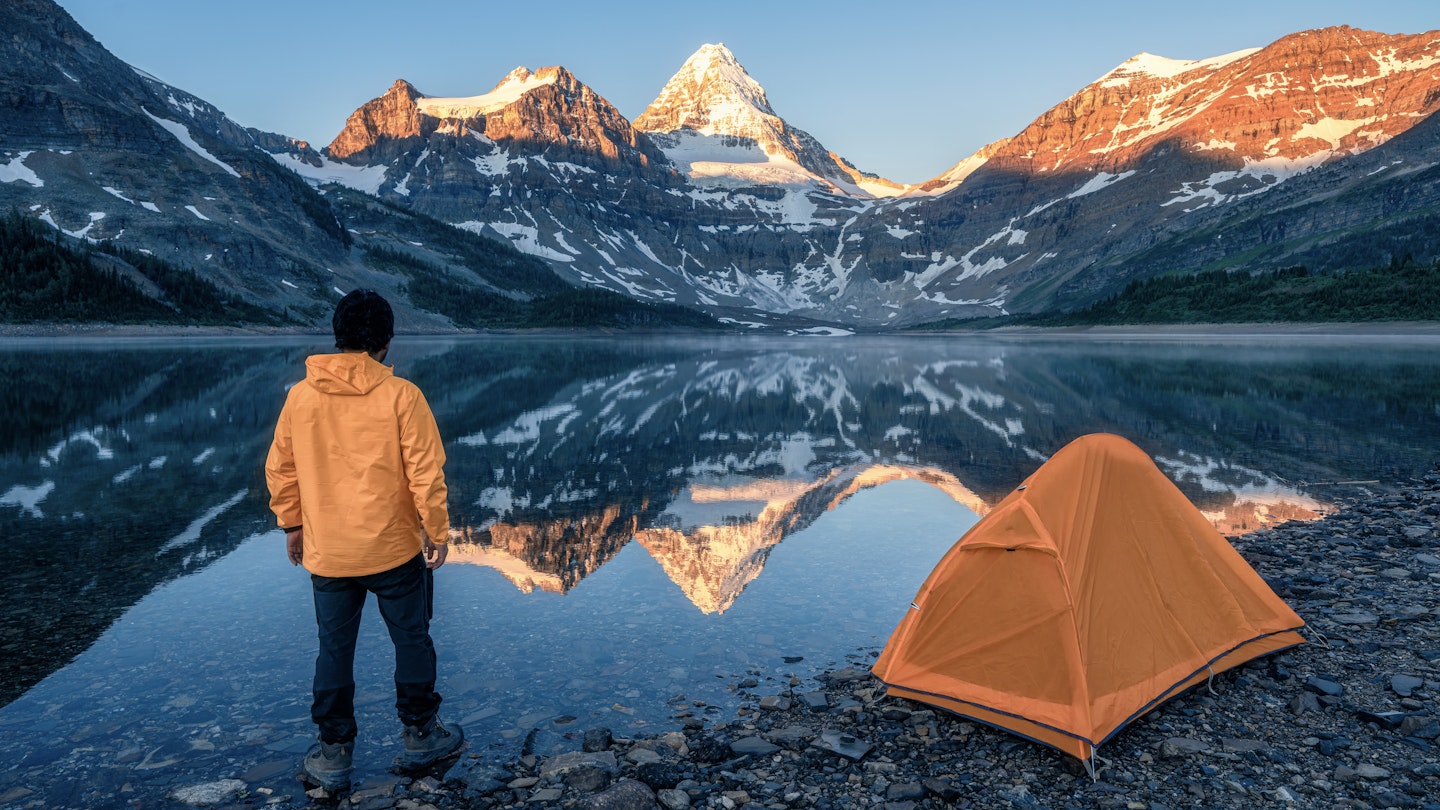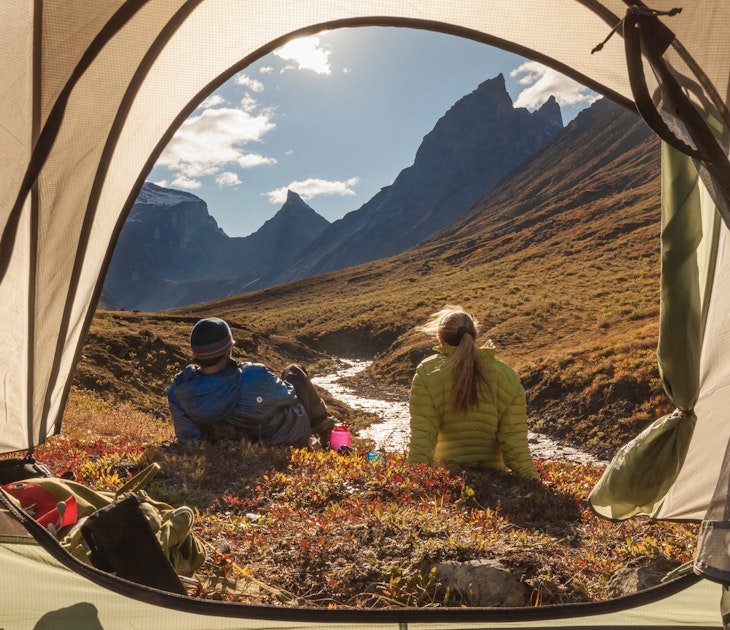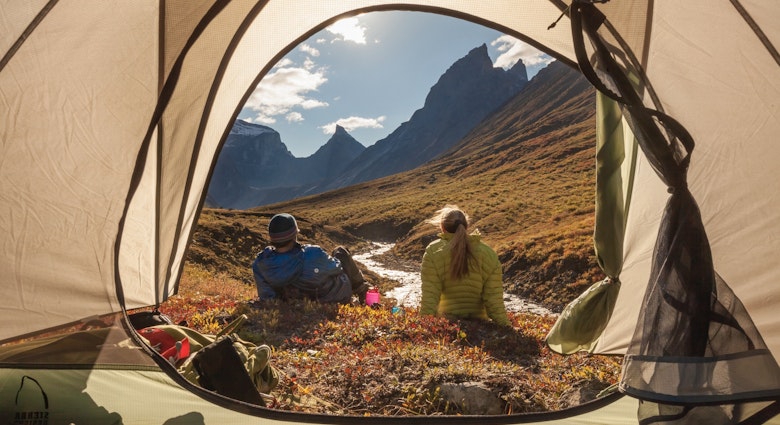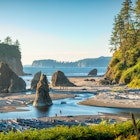As the world’s second-largest country by land mass, Canada abound with things to do and places to see for all types of travelers.
Canada’s sensational cities offer world-class shopping, attractions and culinary delights. And the majestic mountains, far-reaching forests and trio of ocean coastlines offer an outdoor playground for nature lovers who are looking to explore some of the world’s most majestic landscapes.
Yet all this doesn’t come cheap, and few visitors consider Canada a budget-friendly country. Still, there are many ways to explore the country – urban and outdoors – without breaking the bank. While it’s hard to find reasonably accommodations, for example, you don’t have to spend a fortune to sample Canada’s fabulous food culture. And exploring by transit, bike or foot will help you save on inter-country flights or car-rental fees.
Read on for more ways about how to save a few loonies on your next visit to Canada.
Average daily costs in Canada
Basic hotel room for two: $130 per night
Average Airbnb rental in the city: $83–$100 per night
Cup of Tim Hortons coffee: $2 (medium)
Bowl of poutine: $5
Dinner for two: $50 (plus taxes and tip)
Car rental: $121 per day
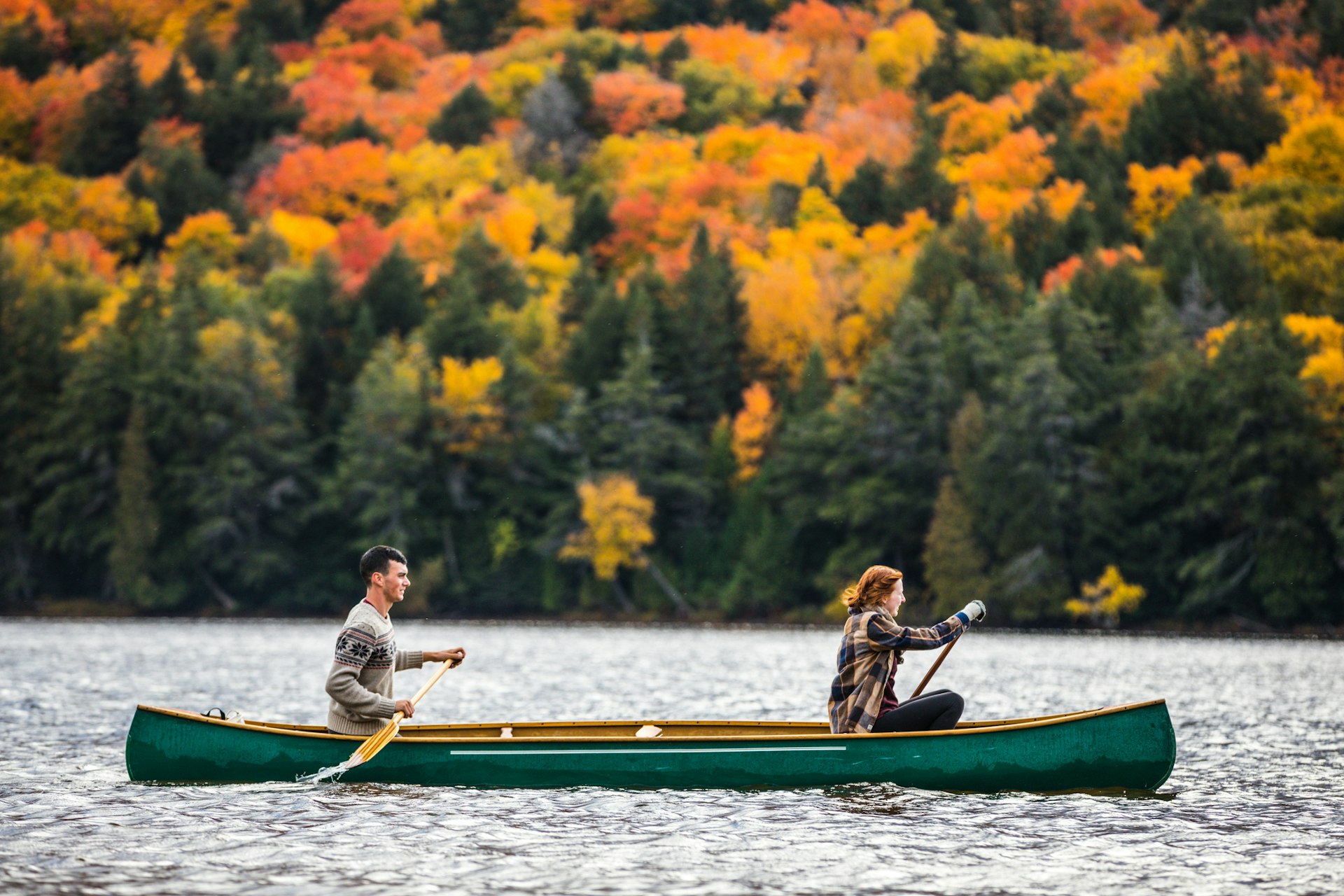
Choose your adventure based on your budget
Comprising 10 provinces and three territories, Canada has endless corners to discover – and it’s really impossible to see it all in one trip. As you plan, consider focusing your visit on one province, territory or region, and balance your visit with both city sites and outdoor adventures for a more varied and cost-friendly trip.
In British Columbia, for example, start with a visit to Vancouver. Then hit the road and watch your surroundings show off as you cruise along the scenic route from British Columbia to the Canadian Rockies.
Browse before you book
You can score deals on flight deals all year long – if you know where to look and when to book. Sites like Skyscanner and Trivago will compare prices for flights. Consider booking your visit during the quieter months of January, February and September, when flight prices tend to be lower.
July and August are busier months as the warmer weather and summer vacations bring an influx of visitors. Weekdays offer feature lower airfares than weekend dates.
Find a more affordable arrival airport
Sometimes selecting an arrival airport that’s located outside of the city center can result in a more cost-friendly flight. For example, while Toronto’s Pearson Airport is the major international airport in the city, congestion and higher fees add up.
Opt instead for Buffalo Niagara International Airport across the border, which often offers more competitively priced flights, and easier access to Niagara Falls and the southern Ontario region. Then take the scenic route around Lake Ontario to Toronto, approximately 1.5 hours by car from Niagara Falls.
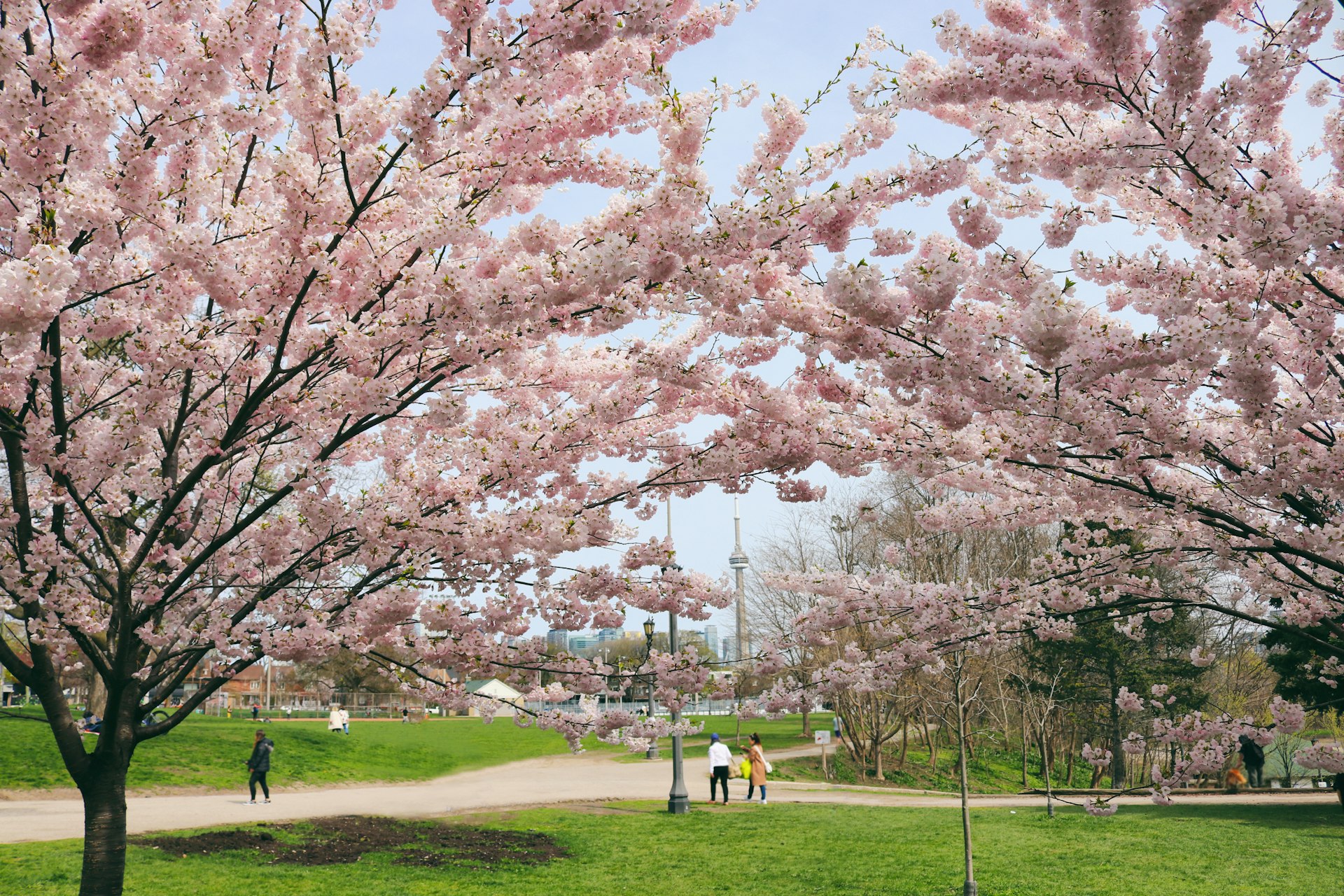
Opt for an off-season stay
For most Canadian destinations – from Halifax to Vancouver – the summer months (July and August) draw the most visitors. The milder weather welcomes a wider array of activities, but travelers planning around school summer holidays bring larger crowds, and the higher demand means spiked prices.
The spring months (April to June) tend to be less busy, and with many areas in full floral bloom and smaller crowds, it can be a great time to explore.
Fall foliage and fewer bookings (and fewer tourists) make September to November another great time to visit, with January to February an ideal time for slope-side adventures as the ski season tends to extend into early spring in more spots.
Consider camping
Parks Canada lists more than 10,000 campsites spread throughout the country, with options for every comfort level. From rustic tents to sturdy yurts to totally unique structures like the Ôasis (a drop-shaped duplex pod), your stay can be as thrilling as your surroundings as you sleep and explore the great outdoors.
Note that campgrounds fill up quickly (especially during the summer months) so be sure to book your spot well in advance.
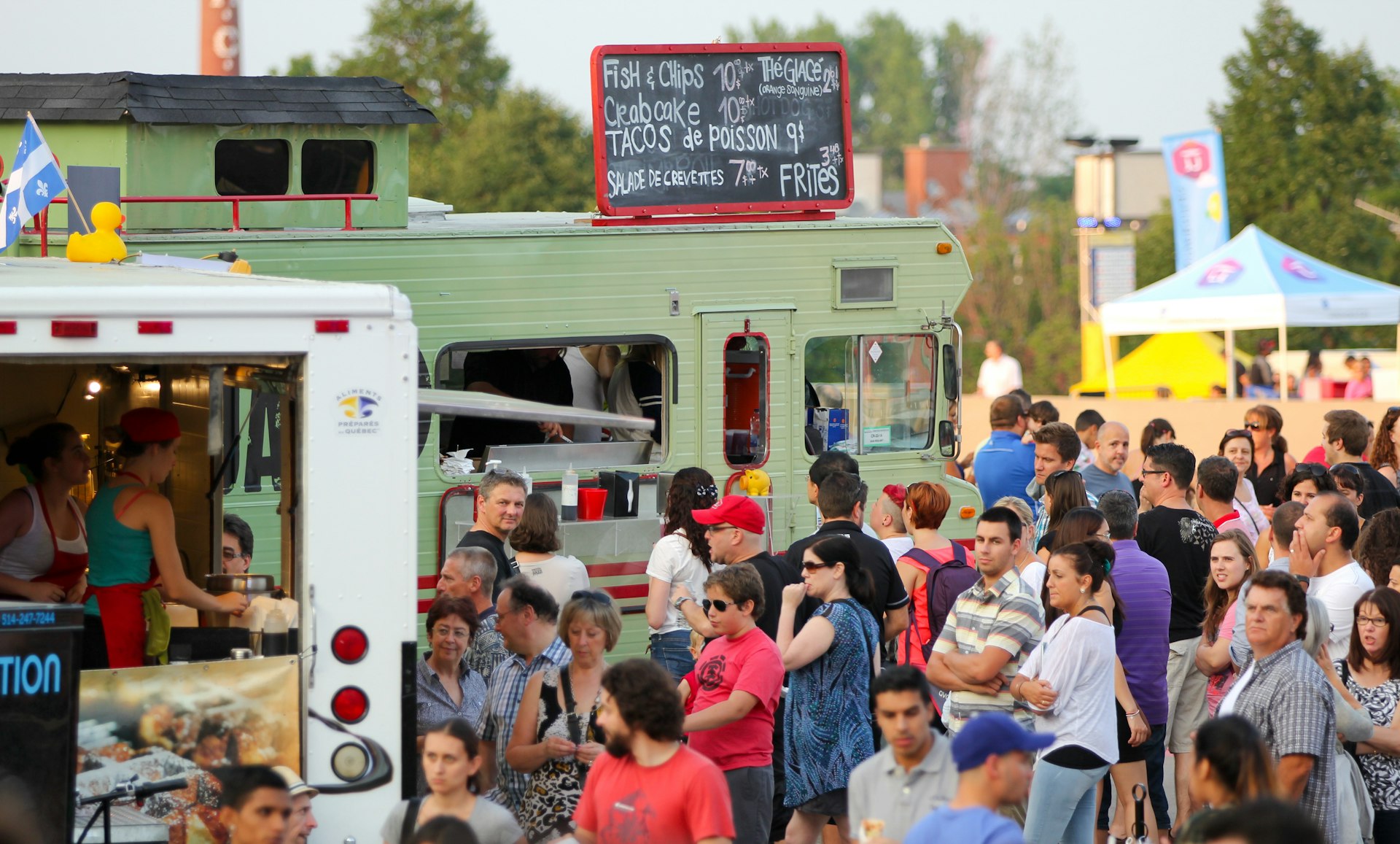
Don’t dine out for every meal
The food and beverage industry in Canada is heavily taxed, so dining out all the time can put a serious dent in your wallet. Stock up on snacks and consider cooking in for some meals. Choose a hotel with breakfast included, and stick to street foods for your midday meal.
That being said, Canada has a diverse culinary scene – including the uniquely Canadian dish poutine – and a range of dining options for all tastes and price points, making eating out on a budget in Canada totally possible.
Book a rental in the outskirts of town
Renting an apartment or house offers more space, the ability to dine in and generally lower prices overall. From single-room suites to cozy cottages to deluxe estates, the range of homestays in each region is endless.
When visiting Vancouver Island, for example, consider a stay in Sooke – 40 minutes by car from Victoria’s downtown core, which can also be accessed by bike along the Galloping Goose Regional Trail. On Cape Breton Island, Nova Scotia, opt for a unique-to-the-region-type stay in North Sydney – only 20 minutes by car from its larger counterpart, Sydney. Rates will vary depending on when you visit and your requested amenities.
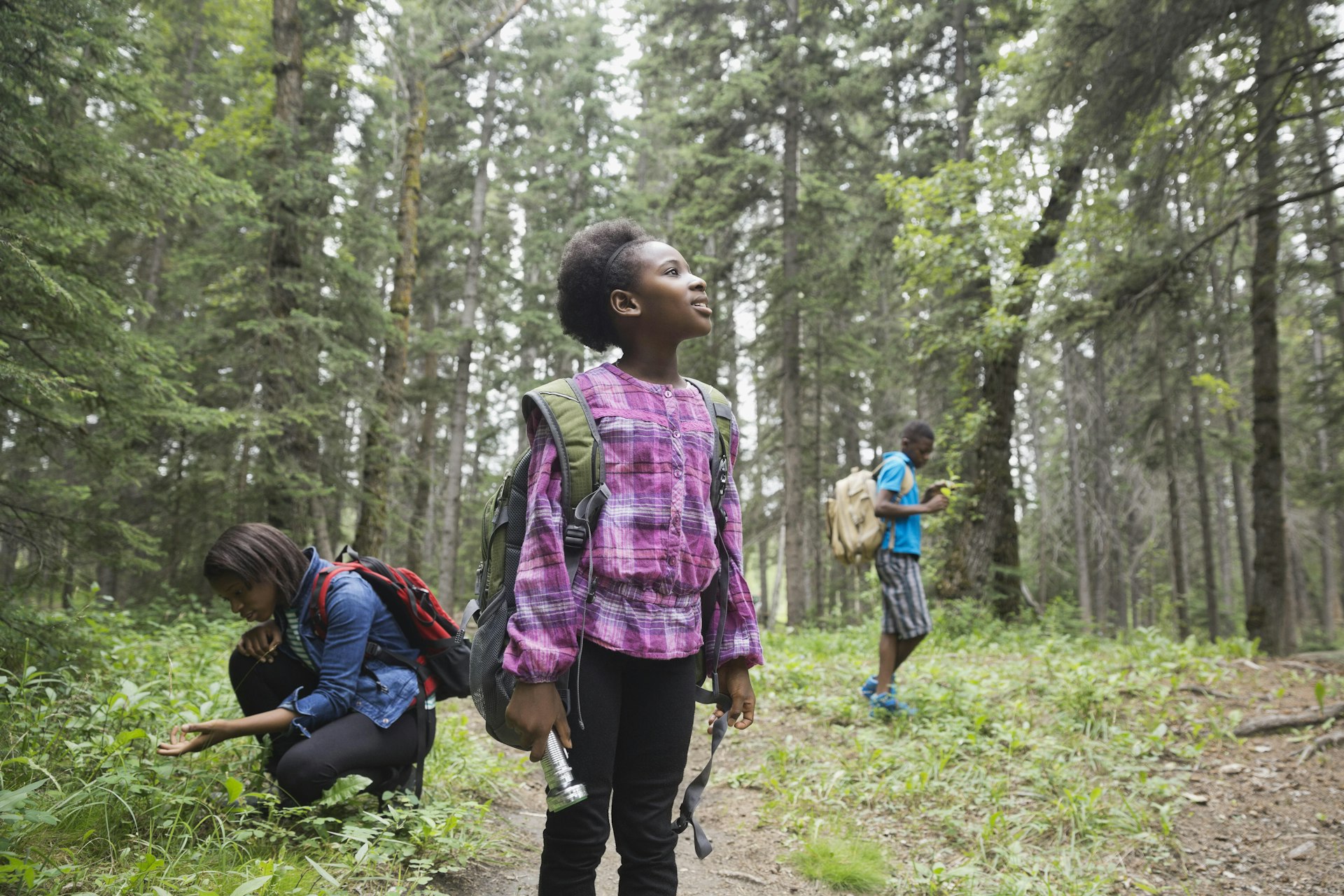
Embrace the outdoors with a Discovery Pass
Canada’s best feature, by far? Its natural beauty. So embrace the outdoors here, and go camping, hiking, biking, boating, swimming or strolling through the country’s amazing natural landscapes.
The country’s 48 national parks comprise marine and coastal reserves, old-growth forests and massive mountain ranges. Which means that no matter what kind of adventure you prefer, you’ll have options from coast to coast (to coast).
While many outdoor activities are free, fees apply to enter most of Canada’s National Parks. With a Parks Canada Discovery Pass, you can get unlimited admission to over 80 national parks, historic sites and marine conservation areas that typically charge a daily fee. The pass is valid for a full year.
Hit the road and rails
If you’re hoping to see more than one region, consider renting a car, camper van or RV instead of taking intra-country flights. Taking a road trip around Canada is both fun and budget-friendly.
Other affordable transportation options will take you across some of the country’s most scenic routes. Megabus is a great option for road travel throughout and between Ontario and Québec. VIA Rail offers cross-country and cross-province routes that cost less than flights, and advertises discounted train tickets on its site throughout the year.

Take transit in the city
If you’re focusing on a city-centric stay, consider getting to know the local transit system. Public transportation is generally safe and easily accessible, and you’ll save substantially on parking and daily car rental fees.
Day and monthly transit passes are available in most of the major metropolitan areas, and in cities like Toronto and Vancouver kids 12 and under ride for free.

Find free events in advance
Throughout Canada, you’ll find festivals, walking tours and street events that will give you a taste of the region’s flavor without the high entry fees.
Check out Caribana Toronto, North America’s largest cultural festival, which takes place every August; stroll the streets of Vancouver and admire the large-scale murals displayed around the city, part of the Vancouver Mural Festival; or chill at Québec’s Winter Carnival, the largest winter festival in the world.
Save money on local attractions
Seek out special offers on passes to the top attractions found in each city or region that you’ll be visiting. The Vancouver Attractions Pass, for example, offers discounted rates when you group two or more attractions – like Grouse Mountain and the Vancouver Aquarium – in your purchase.
With Passport MTL, you can access to some of Montréal’s greatest attractions for a lower price, while the Nova Scotia Museum Pass gives you access to all the museum sites in the province for one price.

